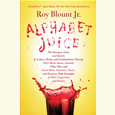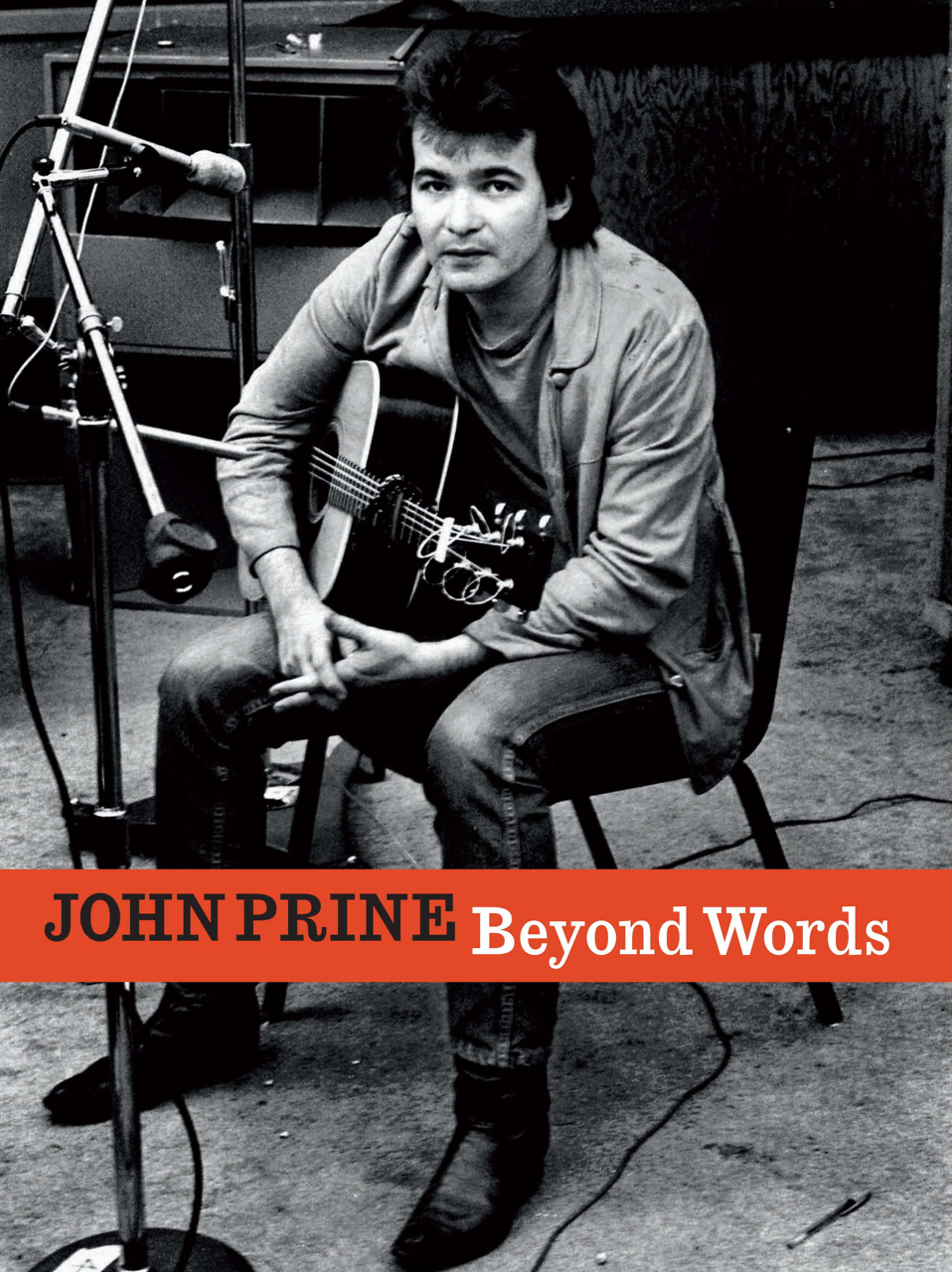Where the Characters Quicken to Life
Bret Anthony Johnston shares the details of his writing process
Bret Anthony Johnston’s native South Texas sits right at the heart of his fiction. First in the haunting, atmospheric stories of his debut collection, Corpus Christi, and then in 2014’s acclaimed novel, Remember Me Like This, Johnston’s characters must find their way through grief and compromise, struggling against the rhythms of coastal life in the Gulf.
 Johnston’s other projects also capture his dedication to the creative life. As editor of Naming the World, he brought together inventive craft exercises from dozens of highly respected writers. His first venture into screenwriting, the documentary “Waiting for Lightning,” details the career of professional skateboarder Danny Way. In advance of his appearance at the University of Tennessee in Knoxville, Johnston answered questions via email:
Johnston’s other projects also capture his dedication to the creative life. As editor of Naming the World, he brought together inventive craft exercises from dozens of highly respected writers. His first venture into screenwriting, the documentary “Waiting for Lightning,” details the career of professional skateboarder Danny Way. In advance of his appearance at the University of Tennessee in Knoxville, Johnston answered questions via email:
Chapter 16: Your fiction so far has focused on life in South Texas. How has your own vision of your home turf evolved as you’ve written about it, if it all?
Johnston: The landscape seems so much broader now. The closer I look, the more attention I pay, the more that part of the country offers up to my imagination. With each story I write, I get ideas for ten more, a hundred more. I’m endlessly fascinated by stories that can only happen in one place, stories that can happen nowhere else. The region stokes my curiosity in ways that feel humbling and rewarding. I feel very lucky to be so taken by that part of the world.
Chapter 16: The family at the heart of Remember Me Like This has been dominated for years by the unfolding trauma of Justin’s kidnapping. How did you manage the emotional timelines of each of the Campbells?
Johnston: I bought the biggest bulletin board you’ve ever seen! It’s like a sheet of plywood, and I used different colored Sharpies and Post-It notes to track where the characters were at any given time in the book. If you think of those serial killer boards that show up in detective movies, that’s kind of what it looked like. I couldn’t keep everything in my head at a given time, not even close, so the board allowed me to view the book holistically, to gauge when we’d last seen a character and what was happening to them. When I got stuck writing, I could step back and see that a certain character hadn’t been on the page in a while, then I knew what needed to be done. My feeling is that anything a writer can do to make this unbelievably difficult task more manageable is what should be done, what must be done. The characters are worth it. They deserve it.
Chapter 16: Great moments of suspense in this novel arise from moments of sudden revelation about the past, in ways that feel unique to the dynamics of a family unit. Are there things about the nature of family life that you find inherently suspenseful?
Johnston: Thank you for these nice words. Family life seems given to a kind of emotional suspense, which in no way feels less tense or compelling than other kinds of suspense. As both a reader and a writer, I always feel myself leaning forward when a character and the reader know something that another character doesn’t. I feel privileged by that knowledge, by having been included, and yet my heart is also in my throat when the uninformed character comes onto the page. I’m worried they’ll find out the secret. I’m worried that they won’t.
 Chapter 16: You’ve said you “respected Justin’s privacy” and “deferred to him” when choosing which details of his trauma to reveal or conceal. More broadly, how do you view your responsibility toward your characters’ most vulnerable aspects?
Chapter 16: You’ve said you “respected Justin’s privacy” and “deferred to him” when choosing which details of his trauma to reveal or conceal. More broadly, how do you view your responsibility toward your characters’ most vulnerable aspects?
Johnston: I feel complete responsibility to my characters. I feel like I owe them everything, not least the labor that it takes to render them on the page in all their humanity and complexity without a shred of judgment. Writing is, for me, a process of discovery, a habit of patient and ongoing exploration. I want to know where the characters are vulnerable, absolutely I do, but I don’t want to exploit those vulnerabilities. I want to earn the characters’ trust so that they will reveal themselves to me more fully. My goal is to get to the point where the characters quicken to life and become animated on the page. I want to get out of their way and just follow them into their troubles and triumphs.
Chapter 16: “Waiting for Lightning” gives a classic portrait-of-the-artist narrative for professional skateboarder Danny Way, which makes sense for an innovative athlete. Way builds bigger, more dangerous venues to showcase his growing skills, vision, and outright nerve. You’re a lifelong skateboarder—did you draw on parallels between that world and the writing life?
Johnston: I see so many parallels between writing and skateboarding that getting into them would bore your kind readers to tears. I’ll just say that with “Waiting for Lightning,” you have someone who is enduring fall after fall, setback after setback, and yet, the endeavor still seems worth the pain and sacrifice. And, of course, it’s the same with writing. Writers take their work through draft after draft, and they suffer and sacrifice along the way. I’m convinced that being a successful writer (regardless of how each writer defines success) relies on the same skills of being a successful skateboarder: resilience, discipline, and a singular belief that what you’re doing matters. Also, and this shouldn’t be overlooked, writing hurts a lot less than skateboarding. Like, a lot less.
Chapter 16: Any ways in which working on a film opened up new possibilities within the rest of your writing?
Johnston: Absolutely! Working with film structure can be invaluable to prose writers and poets. Understanding how to build and sustain tension for such a long period, understanding how to reveal character through action and image—these are a part of all compelling work, but they’re the lifeblood of film. Not to mention the countless versions of the film that are produced on the path to the final cut that is shown in theaters. Jacob Rosenberg, the director, and Carol Martori, the editor, and I went through dozens of different iterations of the film, and with each one, we made changes based on what we’d seen or learned in the previous version. We checked our egos at the door. All of those lessons continue to open up possibilities in the work I’m doing now.
Chapter 16: Speaking of genre switches, you’ve said that while writing your novel you took a number of “vacations” from it to write short stories. Is this a method you think you’ll continue to follow?
Johnston: Without question. I learned that approach from Flannery O’Connor’s book of letters, and anything that I learn from Flannery O’Connor isn’t something I’m likely to give up. I have to be working on more than one project at a time; otherwise I feel too claustrophobic and paranoid. I feel like I have too many eggs in one basket. When I’m working on a novel or some kind of screenwriting, I get idea after idea for stories. When I’m working on stories, I understand things about novels and films that I get excited to put into action. It’s inefficient and time-consuming and often mightily frustrating, but I wouldn’t have it any other way.

Emily Choate holds an M.F.A. from Sarah Lawrence College. Her fiction has been published in The Florida Review, Tupelo Quarterly, and The Double Dealer, and her nonfiction has appeared in Yemassee, Late Night Library, and elsewhere. She lives in Nashville, where she’s working on a novel.




